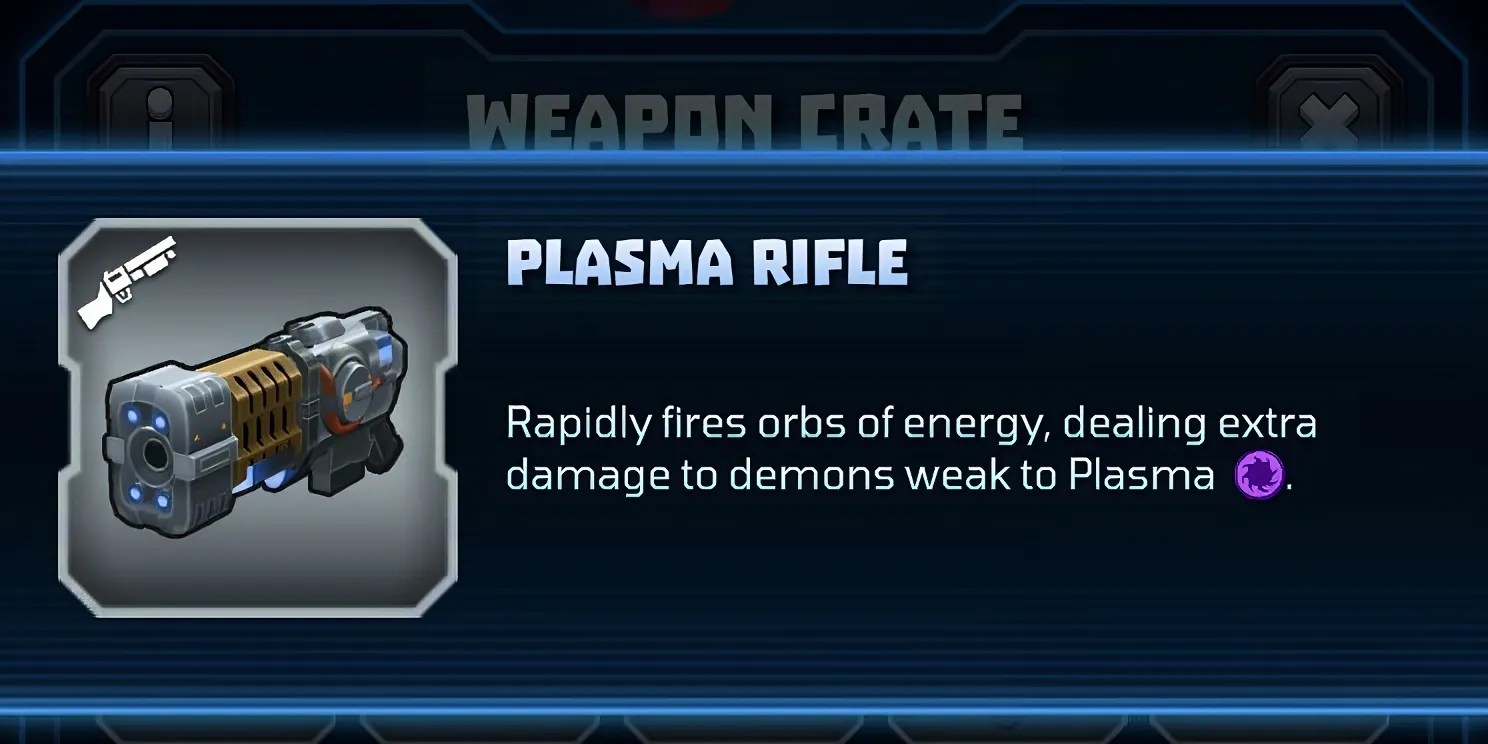Quick Links
Battling the legions of Hell inMighty Doomrequires just as much strategy as it does unyielding rage toward all of demonkind. By familiarizing themselves with the game’s damage types, their sources, andthe demons weak to them, players can guarantee themselves an edge over the innumerable hell-spawn and remind the beasts why they fear the Slayer.
Damage Types and Weaknesses Explained
Each enemy inMighty Doomhas a weakness to a single damage type, which multiplies all damage done to that enemy by roughly 5%, rounded down. This damage is further multiplied by critical hits, leading to potential blowout victories if the player comes across a boss weak to their damage type, especially if they’vebuilt around damage and critical hit upgrades.
RELATED:Cutest Doom Game Ever Is Now Available
By taking upgrades during a run, a weapon may deal multiple types of damage in a single attack. In this case, both damage types are checked against when determining if an enemy will take bonus damage. Enemies exclusively have weaknesses and do not resist any damage types more than others.
The damage types currently inMighty Doomare:
In addition to the rank-and-file enemies' weaknesses, boss variants of enemies and their minions may have their own unique weaknesses. The boss variant of the Zombie, for instance, spawns toxin-spreading zombies that are weak to explosive damage. Players are encouraged to keep their equipment upgraded, even for uncommon damage types, in case these variant bosses become roadblocks later.
Enemy Attack Damage Types
WhileMighty Doommakes it clear that the player’s attacks have elemental properties, a less obvious mechanic is that enemy attacks likewise have damage types. In addition to the types listed above, enemy attacks may also be typed as “melee” and “projectile,” which are not mutually exclusive with other damage types.
Unlike weapons, which explicitly list their damage types on the inventory and upgrade screens, demons' damage types are not spelled out anywhere in-game. That said, most attacks' damage types should be self-evident, such as Imps' fireballs dealing fire damage compared to Ice Imps' snowballs dealing ice damage. When in doubt, remember that each damage type is always listed with a color-coded symbol, and so enemy attacks of that color should be assumed to deal that type of damage, i.e., the purplepsionic waves fired by Prowlersdeal plasma damage, as plasma’s symbol is purple.

Under most circumstances, the damage type of an incoming attack is irrelevant, as the player does not have any damage resistances by default. A number of circumstances can change that, including:
Players should remember that while demons' weaknesses to damage can only help the player, the player’s damage resistance becomes a liability if it has been reduced below its baseline. Players should make an active effort to avoid enemies whose attacks target a weakened resistance, even if it means taking risks around other demons to do so.

Memorizing Enemies' Weaknesses
Neither the OGDoomnor the rebooted series ever relied much on damage types and weaknesses, the Cyberdemon and Spider Mastermind’s immunity to blast damage notwithstanding. That being said, many enemies' weaknesses inMighty Doomreflect real strategies often suggestedas the optimal way to take down those demons in the mainline games:
In addition, many of the weaknesses inMighty Doommake a level of intuitive sense. Much like when memorizing theelemental weaknesses of the Pokemon series, players may rely on mnemonics devices to remember the various demons' weaknesses, such as:

Ultimately, what helps the player remember weaknesses best varies from person to person, so players should feel free to brainstorm their own ways of mentally connecting each demon to their respective weaknesses.
Mighty Doomis available now on iOS and Android devices.